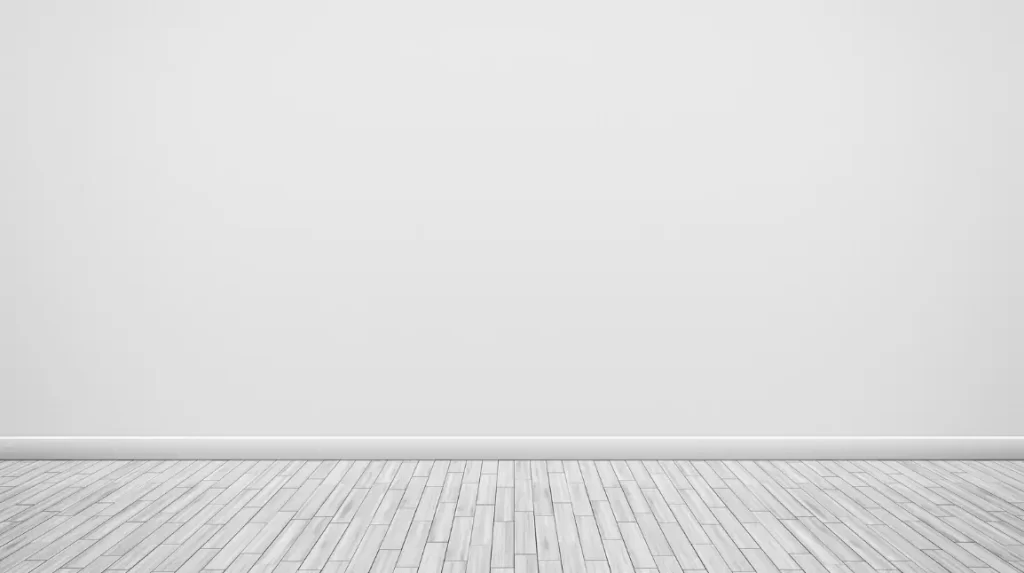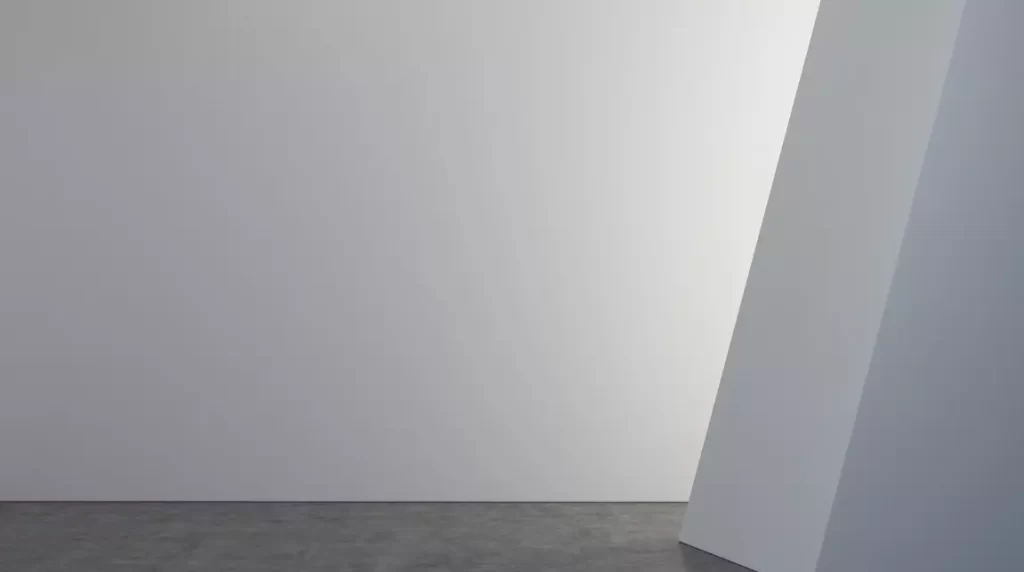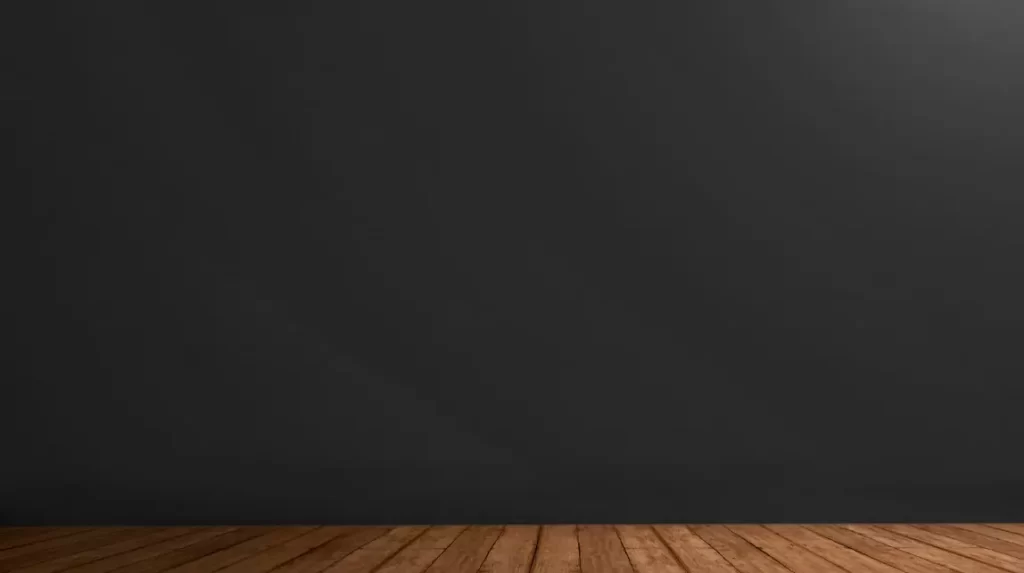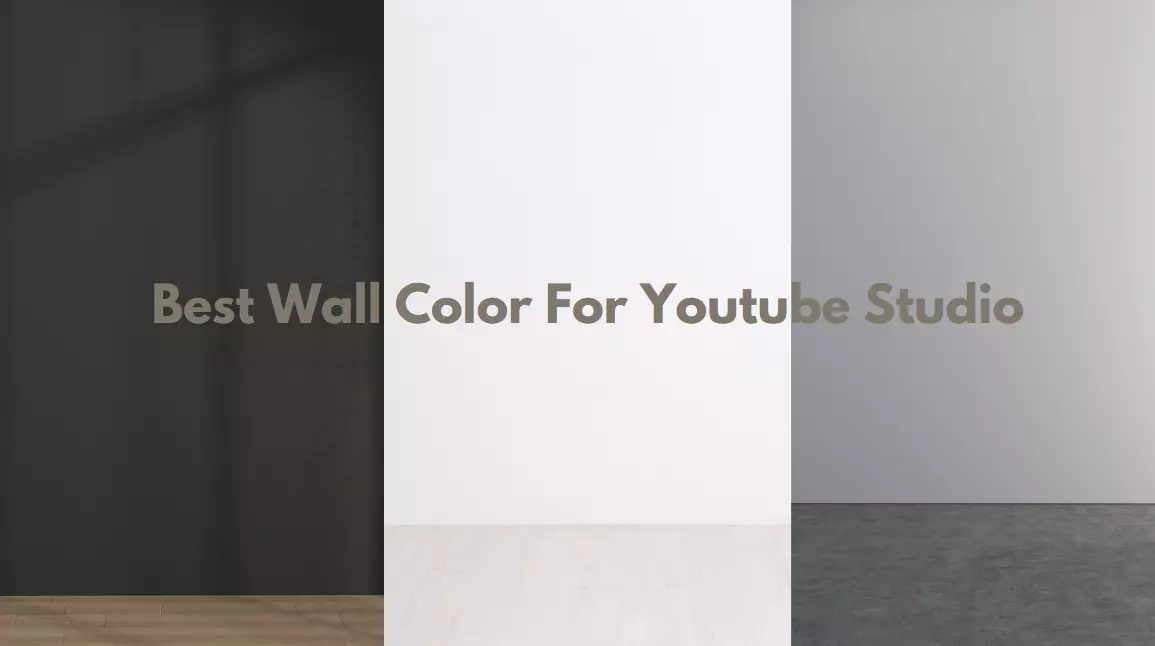A YouTube channel can be a great way to make money online. However, if you want to stand out from the crowd, you have to make sure that your channel looks good. If you’re looking for the best wall color for your youtube studio, then you’ve come to the right place. In this article, we’ll talk about the best wall colors for youtube studio. We’ll also tell you what wall paint is good for youtube studio and why you should choose it over others.
Best Wall Color For Youtube Studio
If you’re looking for the best wall color for your YouTube studio, there are a few options you can consider.
The best wall color for your YouTube studio is white, gray, or black.
While you may have been thinking about the color of your walls for months, it’s time to start thinking about what color will work best for your video production.
You have a few options when it comes to picking a wall color for your studio: white, gray, or black. If you’re looking for something bright and cheery, black might not be the best choice. But if you want something that’s warm and inviting and perhaps even calming, white might be the way to go. Gray could also be an excellent choice if you want something simple and classic that doesn’t call too much attention to itself.
White

White is the best wall color for a youtube studio. Because it reflects light and makes your videos look better. It also makes the space feel more inviting and welcoming.
The reason white is the best wall color for youtube studio is because it reflects light. It means that it’s great at making your videos look crisp and clear. This is especially important if you’re doing videos where you have to be close up to the camera. Like when you’re talking directly into the lens or showing people around your workspace/office/room/etc.
Another reason why white is good for this kind of space is that it makes everything feel clean and organized. This helps create a sense of professionalism when you’re trying to make an impression on your viewers.
White is also great for creating an open space that feels inviting and welcoming. This again helps with the professional vibe we want to create here!
The last reason why white is good for this kind of space is that it helps the video stand out from other content. When there are so many videos on YouTube, you have to do everything you can to make yours stand out. One way you can do this is by using colors that contrast with the norm.
This is why you see so many vibrant colors on YouTube. It’s also why the first thing that stands out about this video is white. The bright background draws your eye to it immediately, which helps keep viewers engaged and interested in what they’re watching.
So, there you have it! If you’re looking for a color scheme for your YouTube channel, consider white. It’s a classic that works well with almost any other color.
Gray

Gray is another best wall color for your YouTube studio.
It’s neutral and doesn’t compete with your content. So it can be used in multiple ways to highlight or emphasize different things. You can use it to create a clean backdrop for your videos or use it as an accent to a more colorful background. Gray is also great for creating contrast between sections of your video. For example, if you have a gray background and then have text that’s white, that will pop out from the rest of the image.
Gray is one of the most popular colors for studios. Because it works well with any other color scheme you might want to use throughout your brand. For example, if you’re using reds and oranges in your branding material, gray will look great alongside those colors! Plus, if you ever wanted to change up the color of your studio walls at some point down the road, you could easily do so by painting over them with another color without having to repaint everything else in your space (which would be very expensive).
If you want people’s eyes to be able to focus on only one thing at a time when they look at your videos, then gray is definitely going to help accomplish this goal! It helps draw attention to where you want it to go, and it also makes it easier for viewers to focus on a specific area of the screen.
For example, if you’re trying to explain how a certain product works, then gray can help you highlight certain features and make them stand out from everything else in your video! So if you’re trying to draw the viewer’s attention to a certain area of video, then gray is going to help you accomplish this goal.
Black

Black is another best wall color for a youtube studio. It’s a bold choice, but it’s also one that will make your videos pop.
Black is the best wall color for a youtube studio. Because it makes your videos look more professional and polished. You don’t have to worry about any distracting colors or patterns in the background when you have a black backdrop. It means that all of your viewers can focus on what matters: you!
The reason black is such an effective backdrop is because it absorbs light, making everything on top of it appear brighter and clearer. This makes your face stand out from the background (which is especially important if you’re filming yourself). But it also helps you avoid glare from overhead lighting. Something that can be very distracting when you’re trying to focus on what you want people to see in your video.
Black backdrops are also great for creating a dramatic look. They can help you create a mood that is just right for what you’re trying to communicate. If you want something more subtle, there are plenty of other colors that would work well as backgrounds as well.
If you’re filming yourself, a black background can help keep the focus on your face. It eliminates any distractions in front of you and makes it easier for people to see what you are doing. If you are filming something else (such as an interview), then a colored backdrop may be better suited. You can use colors that match the mood or theme of your video.
If you want to add some more interest to your video, try using a different background color. You can use it as the main color in your video or just a subtle accent. The options are endless.
What Color Should I Paint My Youtube Studio?

White is the most commonly used color for YouTube studios. This is because white reflects light and brightens up a room, making it feel more open and spacious. It’s also a neutral color that won’t clash with any other design elements in your studio.
White walls are particularly great because they can be painted over easily. You don’t need to worry about painting over mistakes or worrying about how the wall will look once you’ve finished decorating it. If you’re looking to paint your walls white but are worried about how much money it will cost to do so, we recommend using eggshell finish paint instead of flat or semi-gloss coatings. Because they’ll be easier to clean and maintain throughout the years.
A popular option among YouTubers is Benjamin Moore’s White Dove (001). Because it’s an off-white shade that has a hint of yellow in it. This helps brighten up even darker rooms but still keeps them from being too bright (which can cause eye strain). However, if you want something lighter than that, try Sherwin Williams’ Simply White (SW 7032) or Behr’s White Dove (BEHR WHITE DOVE).
Both are a brighter white that will make your room feel bigger and brighter as well. And if you’re going to be painting a lot of walls white, we recommend using an eggshell finish paint instead of flat or semi-gloss coatings. Because they’ll be easier to clean and maintain throughout the years.
The problem with white paint is that it’s pretty boring, and most people don’t want to be stuck with the same bland color for their entire lives. So we’ve found some alternatives that will help you get a more interesting look without going overboard.
Alternatives To White, Black, And Gray Paint Colors

White, black, and gray are the most popular paint colors for youtube studios. But what if you’re looking for something else? We’ve got you covered.
Blue is another popular option that can help you create a calming environment. It’s great for rooms with lower ceilings, as it brings an airy feel to any space (and makes them appear taller). Blue can also help with focus if you find yourself getting distracted easily while working from home or relaxing in your studio.
Browns are great for creating an earthy look that goes well with wood furniture pieces like bookshelves or desks. They make rooms feel cozy without being overwhelming. This is perfect for those who love spending time at home but don’t want to feel claustrophobic!
Lighter colors like white and yellow are great for rooms that are larger or have higher ceilings. They can make small rooms feel bigger by expanding the space visually. This is perfect for those who want to create an open and airy feel without actually having a lot of space to work with!
Darker colors like red, blue, and black are perfect for creating a cozy or romantic feel. They’re also great for those who want to create a strong statement in their home but don’t want to go overboard with bright colors.
Things To Consider While Painting Your Youtube Studio Wall

You’ve got a brand new studio, and you’re ready to start filming.
But before you turn on the camera, there are a few things to consider when it comes to your youtube studio wall:
- You’ll want to make sure you have enough space for all of your equipment. If you’re going to be using lights and/or microphones, make sure that there’s room for them on your walls.
- Make sure that if there are windows or doors in the room, they’re covered up so that light from outside doesn’t affect the quality of your video. This can be done by using black paint or curtains (or both).
- Think about how much noise will be coming from outside before deciding how thick your walls should be painted with sound-absorbing material like corkboard or eggshell plaster. This is basically just a fancy word for plaster made out of crushed egg shells).
- If there are any other rooms in your house that share an exterior wall with this one (like a bathroom or kitchen), make sure those rooms aren’t being used while filming. So they don’t distract from what’s happening on screen!
If you’re going to be filming in a room that’s really noisy, make sure to take some precautions. For example, it might help to put up curtains or an old blanket over the windows. So the light from outside doesn’t affect the quality of your video.
This can be done by using black paint or curtains (or both). Think about how much noise will be coming from outside before deciding how thick your walls should be painted with sound-absorbing material like corkboard or eggshell plaster. This is basically just a fancy word for plaster made out of crushed egg shells).
What Type Of Paint Should I Use For My Youtube Studio?

Choosing the right paint can be a difficult decision. There are many factors to consider, including the type of space you’re working with and the medium you want to use.
For example, if you’re working on an artsy project that requires a lot of detail like oil paintings or sculptures, then you’ll want to use acrylic paint. Because it dries quickly and is easy to clean up. If you’re looking for something that will cover large areas quickly and easily, then latex or acrylic paints are your best bet.
If you’re using spray paint, then make sure it’s not too thick. Because it may clog up your spray gun. Acrylic paints tend to work best when sprayed because they dry quickly which prevents clogging.
If you’re working with a spray gun, make sure to clean it out regularly. If not, then your paint will get clogged in the nozzle and may cause damage. Also keep in mind that acrylics are water soluble so if you spill any on the floor while spraying, just mop it up with some soap and water.
If you want to be able to wash your walls or even just remove the paint from your hands, then use water-based paints. They’re easy to clean up and will dry quickly. So you can get on with whatever project you’re working on. Make sure that you’re using a primer before applying any paint though as it will help lock in the color better which means fewer touch-ups later.
What Makes A Good Youtube Background?

A good youtube background is one that helps you stand out and look professional. You don’t need to spend a lot of money, but you do want to make sure that your background is easy on the eyes and doesn’t distract from what you’re presenting.
Here are some tips for making the most of your background:
- Use a solid color that matches the tone of your video. This will help viewers focus on your content, rather than being distracted by a busy or mismatched background.
- Choose a single hue that’s bright enough to stand out but not so bright it hurts their eyes. If necessary, use a light grey or white instead of black or navy blue if those colors are too dark for what you’re trying to do.
- Make sure there aren’t any important details in the background that might get lost or blurred during editing (like text). Because then viewers won’t be able to read them easily either way!
- Use a background that’s visually interesting, but not distracting. If you choose to use an image or video as your background, make sure it doesn’t distract viewers from what you’re trying to say.
- Also, If you do use a photo or video, don’t have anything else in the frame besides yourself and your laptop screen.
- If you’re using a photo or video, make sure it’s in focus and doesn’t distract viewers from what you’re trying to say.
- Keep your background simple! You can use whatever color or pattern you want. But just make sure that the overall effect isn’t distracting from what you’re trying to communicate.
How Do I Paint Walls For A Youtube Background?

One of the most important parts of making a YouTube video is getting a great-looking background. But how do you go about doing it? Here’s how:
First, you need to make sure that your walls are clean. You can’t just slap paint on dirty walls. Because then it will look terrible in the final product. So, sweep off any dust and dirt, then wipe down all surfaces with a damp cloth (no soap!).
If there’s any mildew or mold on the walls, scrub that off with a solution of bleach and water, just make sure it’s not too hot for the surface, or else it could damage the paint or plaster.
Next, let everything dry completely before proceeding with painting.
Now Comes The Fun Part: Painting!

Grab some supplies from your local hardware store (or wherever) and get ready to roll up your sleeves and get started on this project.
Your first step should be to prime your walls. As a result, they’ll be ready for whatever color you want to use next
You don’t want them absorbing all of your beautiful colors!
Then choose two colors that go well together. Therefore, they’ll provide an eye-catching backdrop for whatever kind of video you’re planning on filming there!
And finally, it’s time to get down to the nitty-gritty. What you’ll want to do is paint a color on the wall that’s one of your selected shades, then let it dry completely before applying another coat (or two).
This will ensure that your paint job is as smooth and even as possible, which will make it look great in any video! When you’re done painting, let your walls dry for a few hours before beginning to hang up any decorations. You’ll want to do this step last. Because if there’s moisture still on the walls, they could fall off before you get a chance to use them!
Painting With roller

Painting walls with a roller is a great way to get your project done quickly and efficiently.
Whether you’re painting a whole room or just one wall, using a roller is the fastest way to cover the largest amount of surface area in the least amount of time. Once you’ve prepped your surface with all the necessary materials, it’s time to get started!
Prep Your Surface
Before you start painting, make sure that any loose debris has been removed from your walls. If there are any cracks or holes where paint may pool or drip, use spackle or caulk to fill them in before moving on to step two.
Roll Paint On To The Wall
Once your wall has been prepared for painting, roll on your first coat of paint by applying it evenly across all surfaces with smooth strokes from top to bottom (or vice versa). Make sure that there aren’t any streaks left behind.
This can happen if you apply too much pressure while rolling over any particular area repeatedly instead of spreading out the paint evenly across each pass through the work area.
If necessary, use a brush to spread out any uneven areas before moving on with additional coats of paint until your wall is completely covered. If you have any paint left over, use it to coat your roller and clean up any drips or streaks that may have formed during the application process.
Let it dry
Let it dry overnight before doing any touch-ups or moving on to another area. If you need to paint over an existing coat of primer, make sure that it’s completely dry before applying a second coat.
Painting With A Sprayer

The first step to painting walls with a sprayer is to choose the right paint. Make sure that the formula is compatible with your sprayer and that it will not clog up the nozzle. If you want to use oil-based paint, make sure it is waterborne.
Once you have your paint ready, set up your work area. You will need some plastic sheeting for protection from overspray, along with dropcloths or tarps for covering floors, furniture, etc. Be sure all areas where you don’t want paint sprayed are protected.
Now it’s time to prep your walls! If you’re painting over wallpaper or other textured surfaces (such as wood paneling), remove them first with a scraper before priming or painting over them with another coat of wall paint. Otherwise, prime the surface before applying any top coats using a primer specifically designed for the type of surface being painted (wood paneling requires a different primer than drywall).
After priming your surface(s), apply one or two coats of the base coat color (if desired). Also, apply a coat of sealer if desired (this step isn’t necessary but will help protect against future stains). Let dry completely before continuing on with any additional steps.
If you need to cover large areas of the wall or ceiling with a single color, consider using aerosol spray paint. This type of paint can be applied more quickly than traditional brushes and rollers and dries much faster than latex-based paints.
Painting With Brush

There are a lot of ways to paint walls with a brush.
The first thing you need to do is prepare the surface. You should sand the wall so that it’s smooth and even. If you don’t sand the wall, your paint will look uneven and blotchy.
Once the wall is sanded, you can begin applying primer. This will help your paint stick better to the wall, so it’s important to use a primer before applying any other coatings.
After you’ve applied primer, wait for it to dry before painting over it with your chosen color of paint. If you don’t wait long enough for the primer to dry before applying paint, it will leave streaks in your finished product and make it look unevenly applied. After waiting a few hours or overnight (depending on what kind of weather conditions apply), apply two coats of paint using brushes or rollers depending on how much time you have available for painting each day (or week).
Once you’ve finished applying the second coat, let it dry for at least 24 hours. If you can’t wait that long, try using a fan to speed up the process. Once your paint has dried, carefully inspect each wall to make sure there are no streaks or other imperfections in your finished product.
What Is The Fastest Way To Paint A Wall?

Painting a wall can be a daunting task, but it doesn’t have to be. All it takes is the right tools and a little know-how to get the job done efficiently and safely.
Here are our top tips for how to paint a wall fast:
- Start with a clean slate. If you’re going to paint your walls, make sure they’re free of dust and dirt first. This will help keep your paint from chipping or cracking prematurely. It will also ensure that your new color looks its best!
- Choose the correct surface type for your wall. For example, if the wall is made of wood, try using an oil-based primer instead of a standard latex primer to maximize adhesion.
- Use a roller with a long handle so that you don’t have to reach over wet paint as much (which could lead to disaster). Also, make sure that your roller cover has enough naps. The more nap it has, the easier it will be for you when applying multiple layers of paint (which we’ll discuss below).
- Use two coats of paint on each side of your roller cover before switching sides. This will ensure even coverage without leaving any streaks behind! You can also use one coat on both sides if you’re in a rush or if it’s an extremely small area.
- Let each coat of paint dry completely before applying another layer. This will prevent streaks from forming while you’re painting, which could lead to a much longer project than necessary!
What Is The Easiest Way To Paint A Wall?
The easiest way to paint a wall is with a roller. A roller is the most popular way to paint a wall because it’s fast, efficient, and easy. With a roller, you can get a lot of paint on the wall in no time at all. And if you’re painting over a darker color, this can be especially helpful. If you’re trying to save money by using less paint, then rolling is definitely the way to go!
If you don’t have a roller, but you still want to use this method of painting, then consider using an extension pole instead of rolling directly on the wall. This will help reduce any splattering that may occur when painting near trim or other areas where there are nooks and crannies where paint might collect. It also helps keep your hands clean. So they won’t get covered in paint while you’re working on your project!
Conclusion
We think that the best wall color for YouTube studio is a color that will make you happy. You’re going to be staring at it all day. So it should make you feel good when you look at it. If you don’t like the color, it’s going to be harder for you to focus on what’s important, your videos!
We hope this guide about the best wall color for YouTube studio has helped you figure out what kind of wall color is right for your studio. And that it helps bring more viewers into your space. Good luck!

Jessica Olson is a talented painter known for her evocative and vibrant artwork. Her paintings eloquently capture the beauty of the natural world and the depth of human emotion. With a keen eye for color and form, Jessica’s art invites viewers to embark on a visual journey that resonates with the soul. Through her work, she seeks to evoke contemplation and emotional connection, leaving an indelible impression on all who experience her art.
